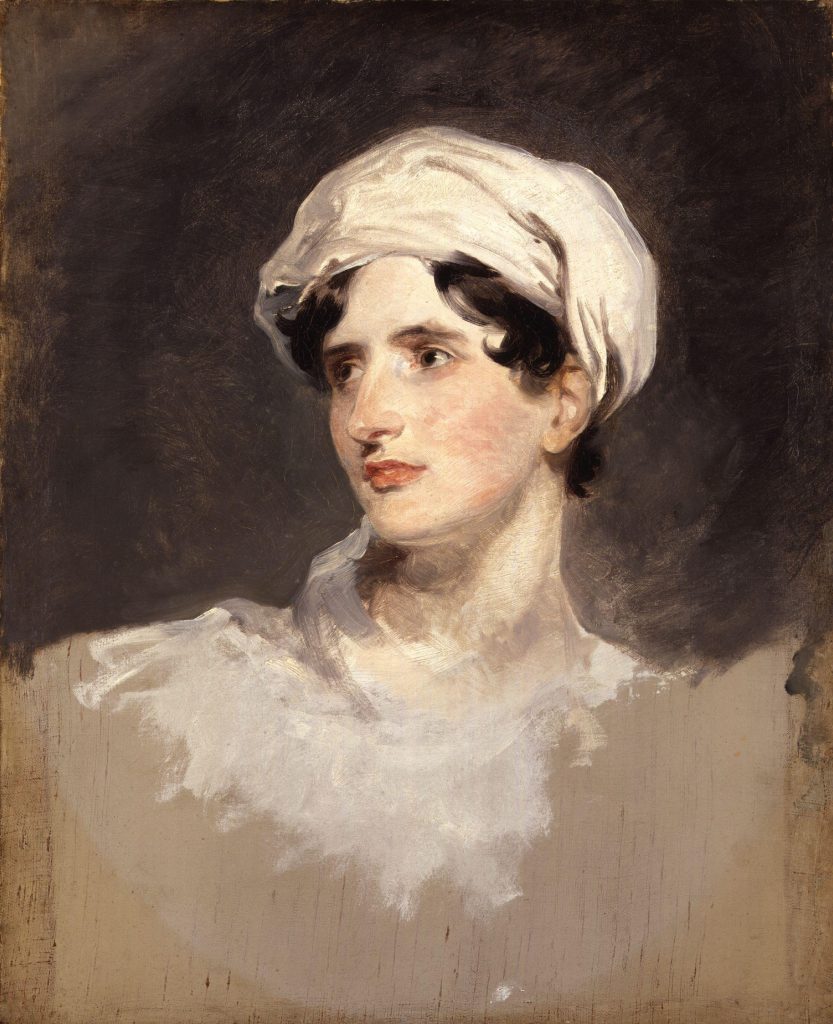
Maria Graham was a travel writer, illustrator, children’s book author, and intellectual. She is known for her many travel books, including her Journal of Residence in Chile, which records the events of her years living in Chile as well as her travels to Brazil during 1823 (Natural History Museum). She was witness to turning times in both countries, traveling during the wars for independence and resulting turmoil as each nation began to rebuild (Natural History Museum). Graham was the daughter of a naval officer, born near Cockermouth in England (Katherine Manthorne). She was fostered around intellectuals and grew up as a curious and academic woman. She met her first husband through her father at 23 years of age named Thomas Graham, who was also an officer in the British navy (Manthorne). Quite contrary to the norm, Graham chose to work as a book editor and translator instead of solely devoting herself to the feminine duties of the house (Manthorne). In 1822 she was invited to accompany her husband on his voyage to Chile, but on the crossing to Valparaiso, he died, leaving her a widow. Despite being in a new country without a husband, she chose to stay and document her travels, describing her geological and phytogeographical observations as well as her social understanding of the new world she found herself in (Natural History Museum).
Graham is a product of her time, still projecting European biases that dictated the hierarchical social structure preserved from colonization. She discusses the appearance of the indigenous people with words such as “grotesque” while noting the beauty and attractiveness of the women and children she meets who are of European descent (Callcott 264). The greatest insult she provides, proving her adherence to the continuation of colonial norms, is her description of a village and her interaction with its cacique (indigenous chief). She regards his command over the village as strong and deserving of respect but does comment that his authority is “not less powerful here than in civilization” (Callcott 266). Despite the praise and admiration she divulges about the smooth ecosystem present in the village, she still maintains the colonial concept of lack of civilization by the indigenous Chilean people.
The colonial ideology of racial subservience is not a concept that dies out quickly. However, in this time period, the narrative of civilized versus uncivilized remained strong (Chasteen, 127-155). The struggle for independence did begin to outline an Americano identity and the mobilization of social groups did begin to lessen the distinctions between indigenous and rural Chileans. At the same time, European interests continued to provide economic incentives for Europeans to move into Chile, bringing with them their cultural priorities (Kinsburner). Despite the end of the war for independence, a continuation of whitening ideology did not bring an end to the European idea of superiority.
Sources:
Callcott, Maria, Lady, 1785-1842. Journal of a Residence in Chile, during the year 1822: and a Voyage from Chile to Brazil in 1823. London: Printed for Longman, Hurst, Rees, Orme, Brown, and Green, 1824.
Chasteen, John Charles. Born in Blood and Fire. (New York: W. W. Norton & Company, 2016) Ch. 5 pp. 127-155
Manthorne, Katherine, Luisa Fuentes Guaza, Sofía Frigerio, and Milan R. Hughston. “Female Eyes on South America: Maria Graham.” Colección Patricia Phelps de Cisneros, January 28, 2022. https://www.coleccioncisneros.org/editorial/cite-site-sights/female-eyes-south-america-maria-graham.
Natural History Museum. “Callcott, Maria (1785-1842) on JSTOR.” JSTOR. Natural History Museum. Accessed February 15, 2022. https://plants.jstor.org/stable/10.5555/al.ap.person.bm000061782. Kinsburner, Jay “The Political Influence of the British Merchants Resident in Chile during the O’Higgins Administration, 1817-1823”, The Americas 27, no. 1 (1970): 32
